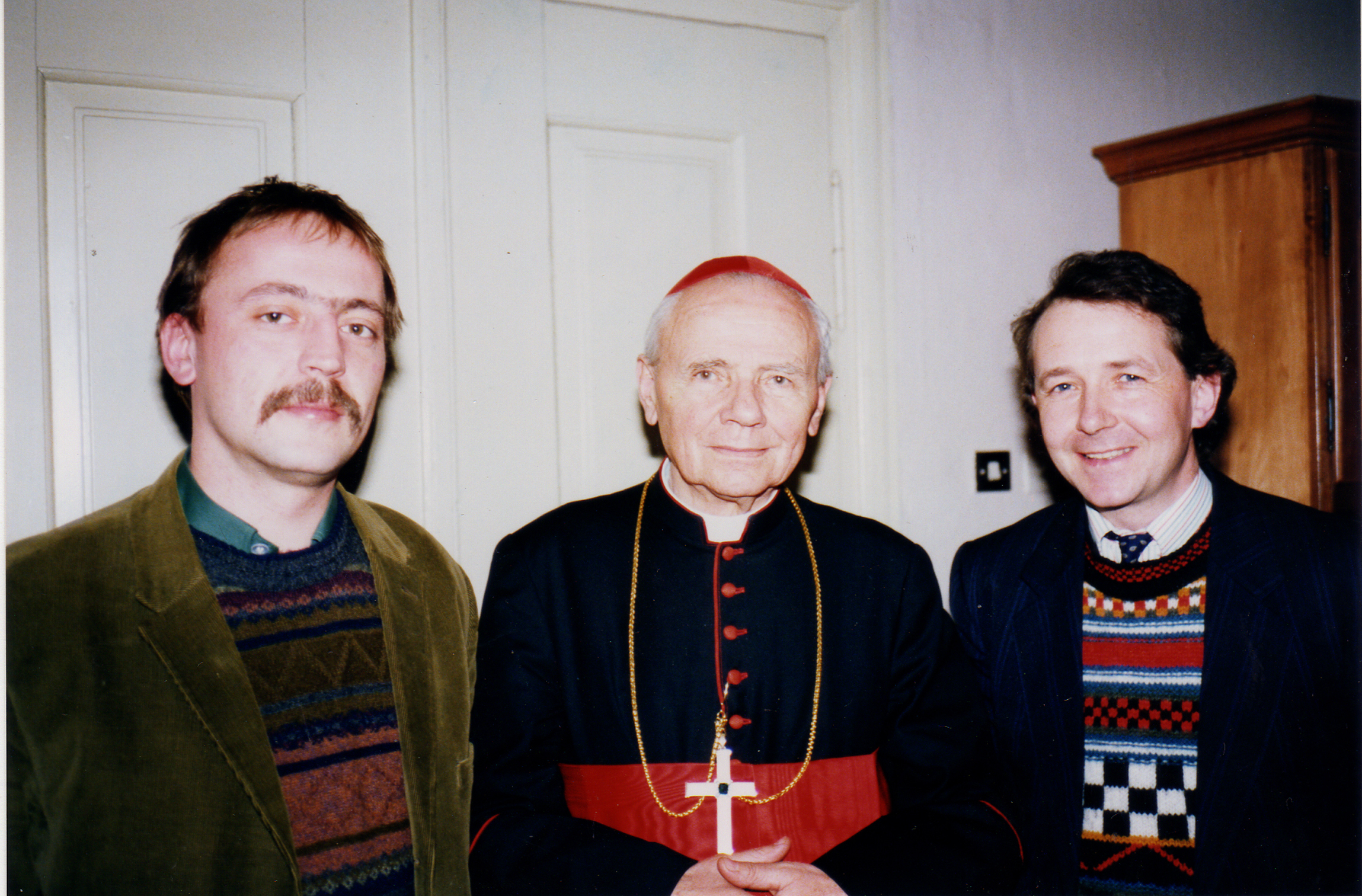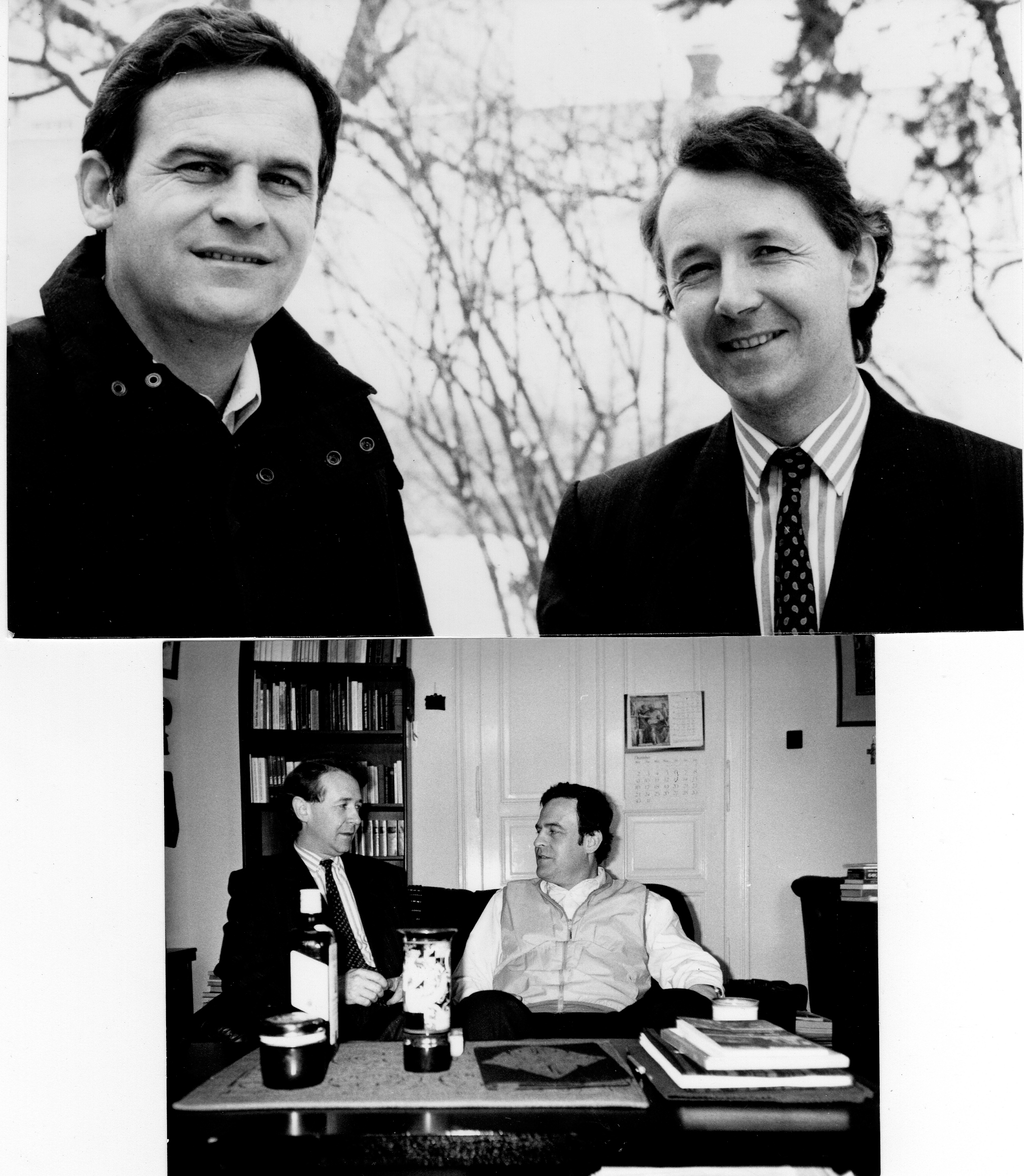A Faith Worth Dying For Is Worth Living For – Don’t forget the price Christians paid in Eastern Europe
By David Alton

Eighty two years ago the Romanian parents of a newly born boy gave him the Christian name Tertullian. It would prove to be an appropriate name. For the suffering of Tertullian Ioan Langa would lend new weight to his namesake’s famous dictum, Semen est sanguis Christianorum, that the blood of martyrs is the seed of the church.
Although eighteen hundred years separate their lives, the parallels between the great persecution of Christians by Nero and others, about which Tertullian was writing, and the suffering of Christians in the Communist dictatorships evoke many parallels.
Tertullian Langa spent 16 harrowing years in Romanian prisons. His story is recorded alongside other essays in “Faith and Martyrdom: The Eastern Catholic Churches in Twentieth Century Europe” – a collection that our bishops should give to every young Catholic preparing for confirmation.
Last week I told Tertullian Langa’s story to some of the Catholic families who gather annually for the week-long Celebrate conference in Ilfracombe. Just as the lives of Edmund Campion, Thomas More, John Fisher, Margraet Clitherow and the other English Catholic martyrs inspired many of us as youngsters, the stories of contemporary Christians cast into the gulags, make vivid the nature of Christian witness. We need to cultivate the seed and feed it, not starve it of nutrients and light.
Tellingly, the words witness and martyr come from the same root.
In Britain today standing up for what you believe may not literally cost you your life, but witnessing for your faith may well cost you something. Stories like that of Tertullian Langa remind us that if it is worth risking death for your faith, then it may also be worth living for. That’s the sort of faith young people are interested in, not an unchallenging religiosity that conforms to every fashion and fancy.
In 1948 as a 24-year-old up and coming academic Tertullian Langa was told to join the communist run union or lose his job. Renouncing his university career, he went to work on a farm. Known as a committed Greek Catholic (in union with Rome since the eighteenth century) he was hunted down and arrested in Blaj at the office of Bishop Ioan Suciu – who was later martyred.
After the fall of Ceaucescu I had the privilege of meeting the late Cardinal Todea, then head of the Romanian Catholic Church. Neither he nor any of the Romanian Catholic bishops collaborated with the communists. Cardinal Todea spent years on the run – often hiding in barns and hay wricks -, and years in prison. The Greek Catholic church was outlawed and the hierarchy liquidated. Most, like Bishop Suciu were executed.
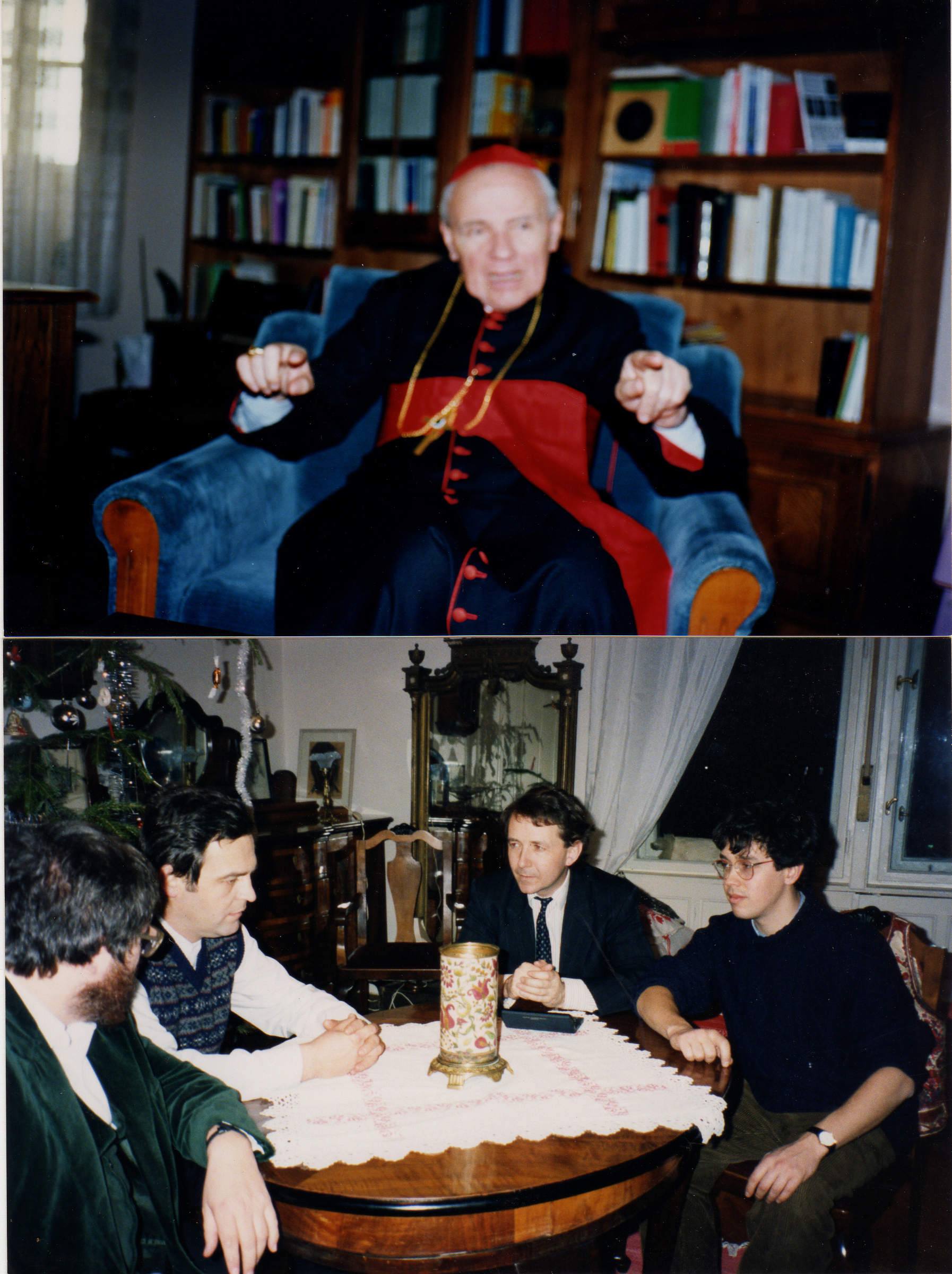
Cardinal Todea (top) and with Pastor Lazlo Tokes (below) a key figure in precipitating the fall of Communism in Romania
—————————————————————————————————————————————————-
Tertullian Langa’s fate was prison. For two weeks he was beaten with a rod on the soles of his feet, suffering excruciating pain. When he still refused to provide information against the church, a wolf hound was brought to the cell and set upon him, badly mauling him. Later, he was beaten on the head, rhythmically, with a bag of sand: “After approximately twenty blows, I began to apply the moral principle ‘age contra’, do the opposite, saying to myself at each blow: “I will not speak.”
He was moved to another prison, twenty five feet below the marshes of Jilava, where “men were packed like sardines – not in oil, but in their own juices, made of seat, urine and the water that seeped in, that tricked ceaselessly down the walls.” Sixty men fought for space and air, and humiliation was piled upon humiliation.
In his moving account, Father Langa (for he would later be ordained) said of the inmates, “We were animated by a people’s mysterious will to remain in history, and by the vocation of the Church to stay alive…When the sun abandoned me, I felt yet that I had not been abandoned by Grace.” Redolent of Solzhenitsyn’s writings from his Soviet gulag, Tertullian Langa’s story, challenges each of us to take more seriously the continuing suffering of the church in many parts of the world. His story is replicated in China , North Korea and Vietnam today.
There is one other thought to take away form Fr. Tertullian Langa.
Contrast the concept of “martyrdom” through which radicals blow themselves up in order to kill and maim others, as in New York , Bali , and Madrid , with a willingness to “lay down your life for your friends. ” Tertullian Langa exemplifies a selfless willingness to witness to the truth with a determination to endure so that the gift of life might be transmitted to others.
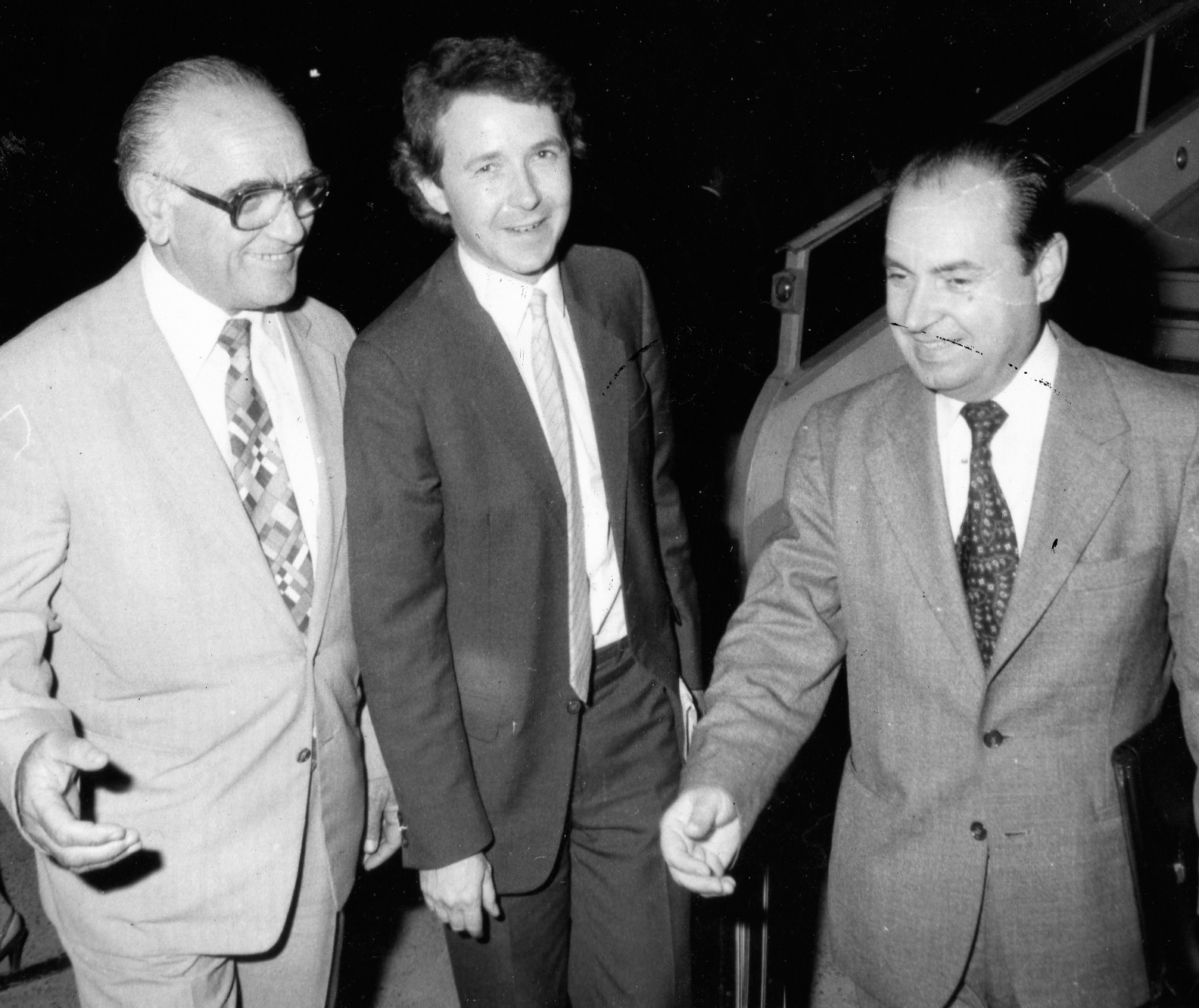
1985 – Being met at Bucharest Airport, Romania, by Dr.Nico Bujor – successful campaign to free Fr.Georgie Calciu from Ceaucescu’s jails
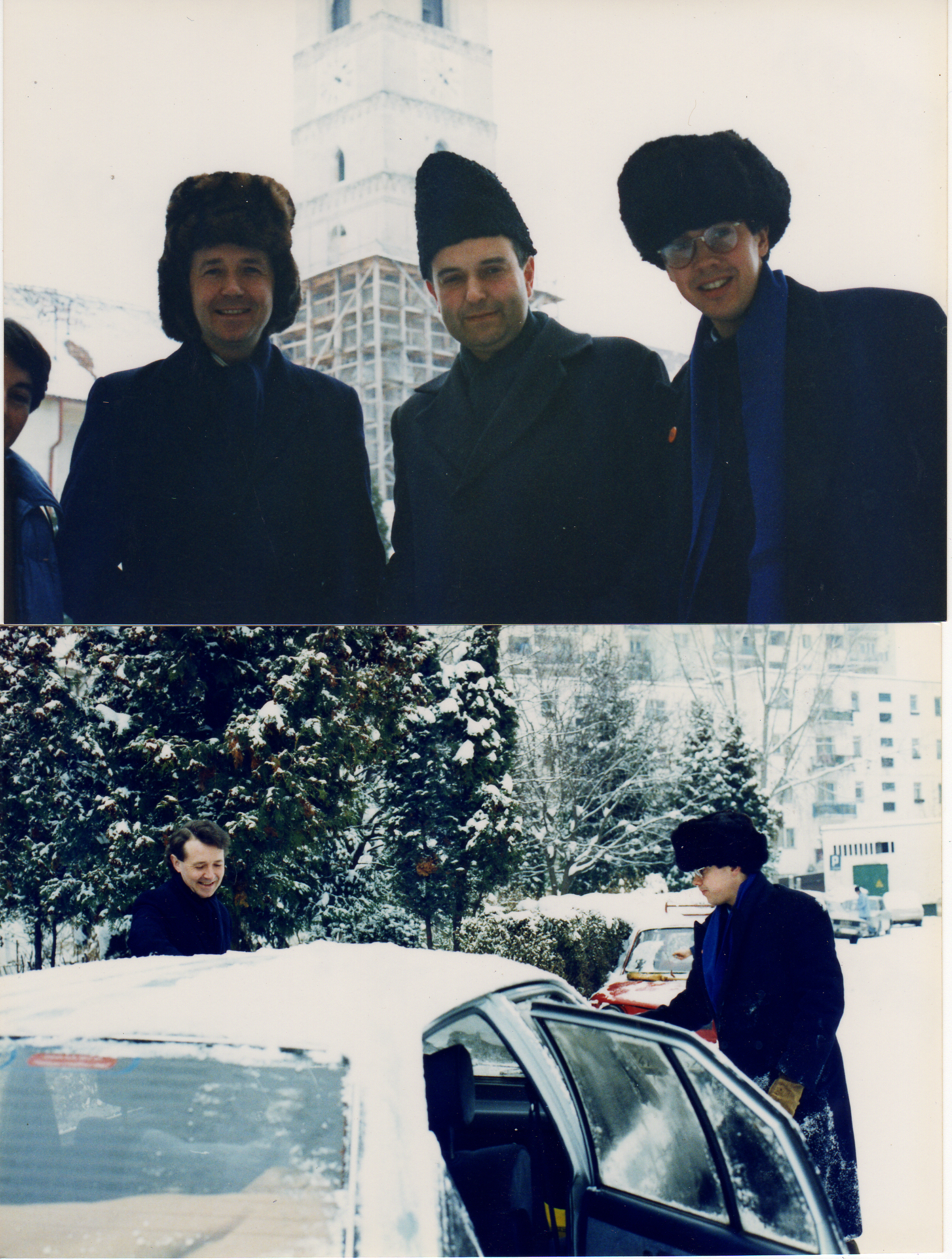
1989 With Bishop Lazlo Tokes, inspiration of the Romanian revolution against Ceaucescu, and with David Campanale
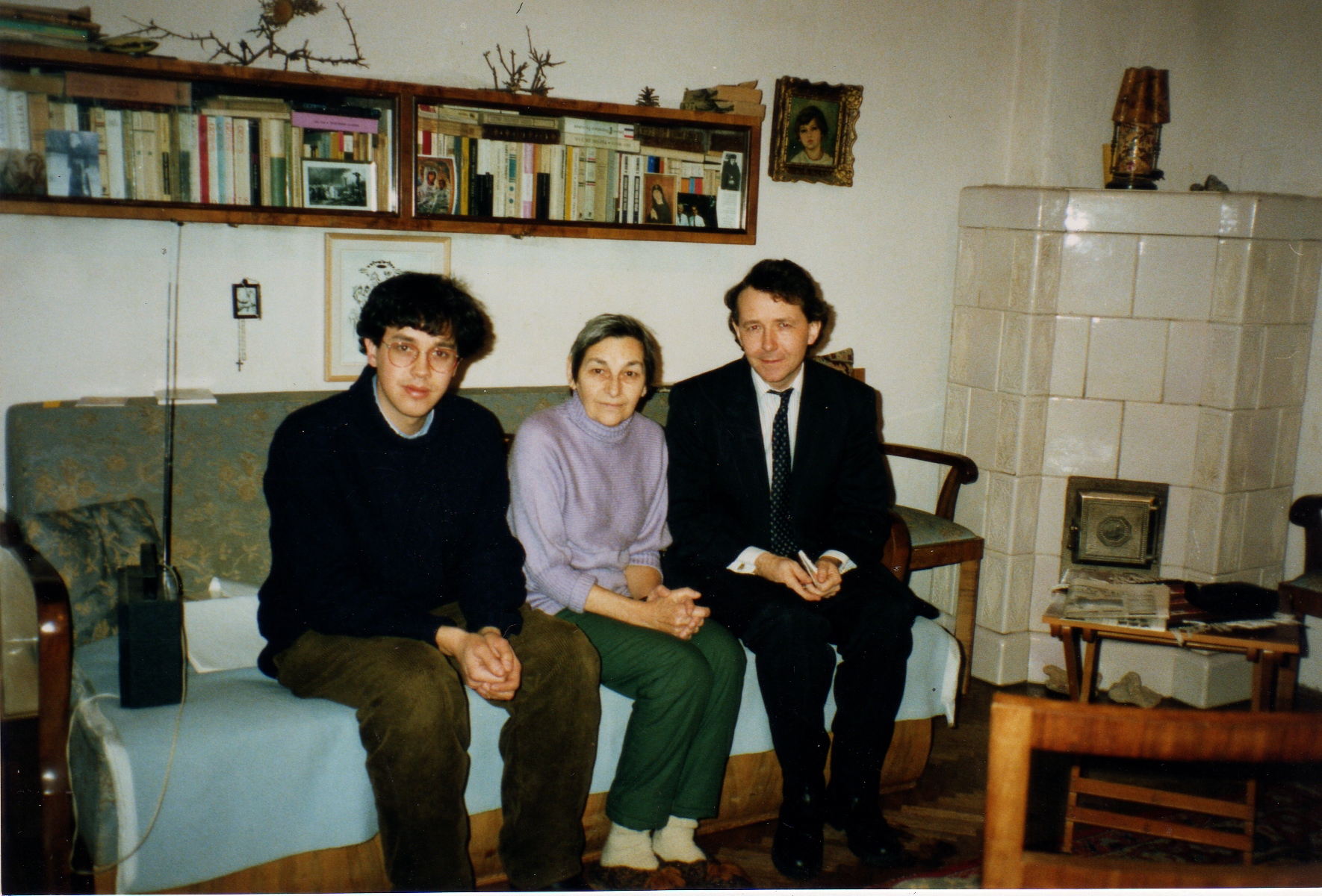
1989 With Doina Cornea at her home in Cluj, Transylvania, voiceferous and courageous Greek Catholic opponent of Ceaucesccu
